Winter hiking in the Adirondacks
April 2021
6 minute readA winter weather advisory with wind chills below zero and trails covered in three feet of snow - was it really April? Welcome to early spring in the Adirondack mountains where I got the full taste of the mountains clinging to the last bits of winter weather.
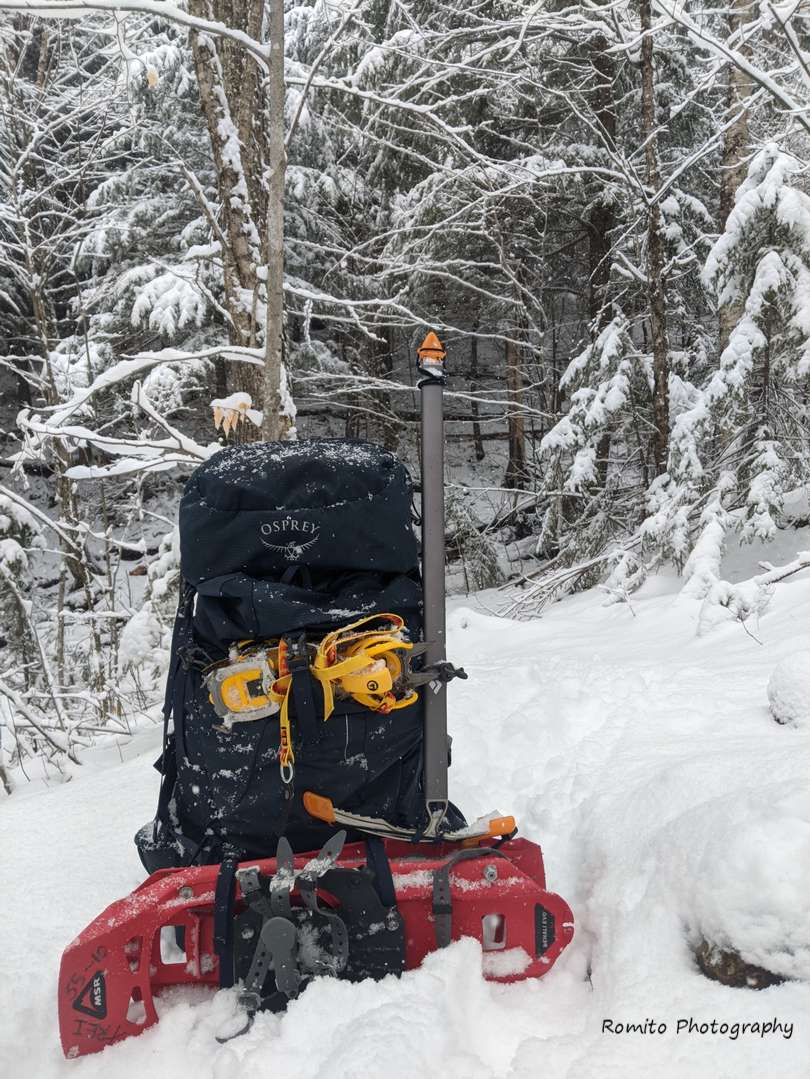
My winter pack loadout.
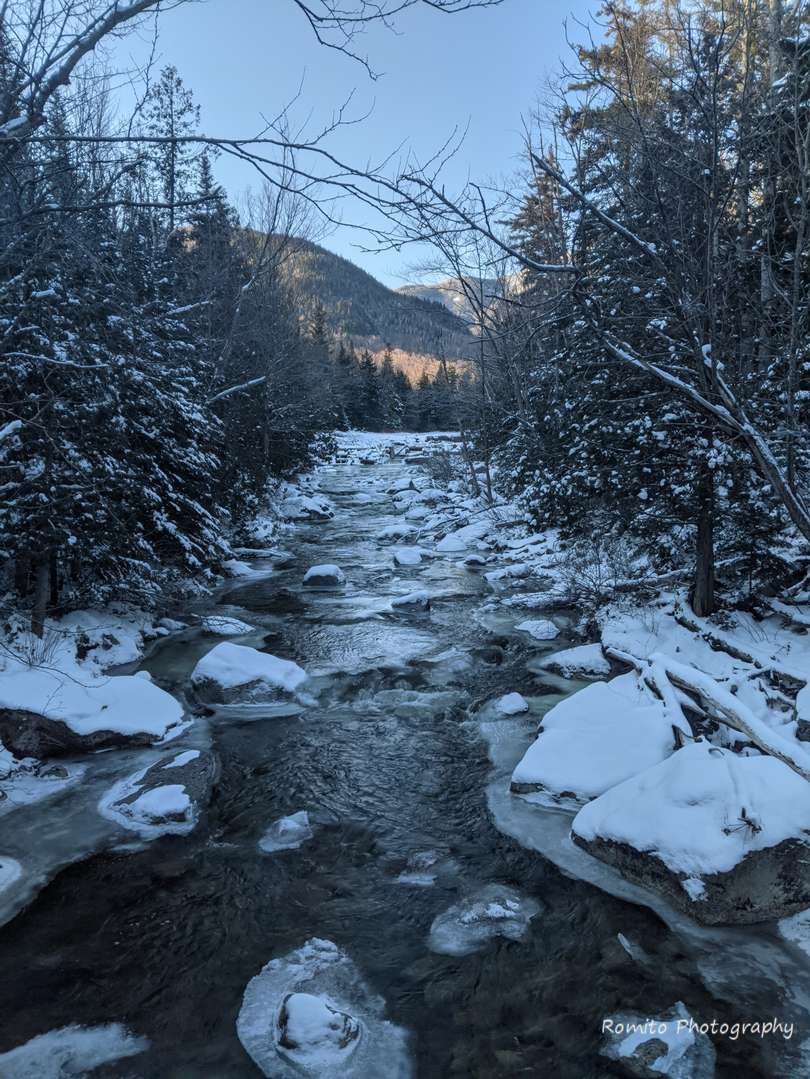
Everywhere winter was hanging on making for gorgeous scenery.
It had been over five years since I was first introduced to the ADKs (in the early fall) and I had been itching to get back for quite some time. Having a handful of mountaineering objectives planned later in the year, I was in the midst of training and thought some wintery exploration would help put my training base to the test and help me practice some slightly more technical skills traversing over snow and ice. I’d had my eye on Mount Marcy for some time and was hopeful the stars would align and the weather and trail conditions would make me confident in a summit attempt. Cascade and Porter mountains were my primary objective with the New York state high point Mount Marcy at 5,345 feet as a finger crossing extra.
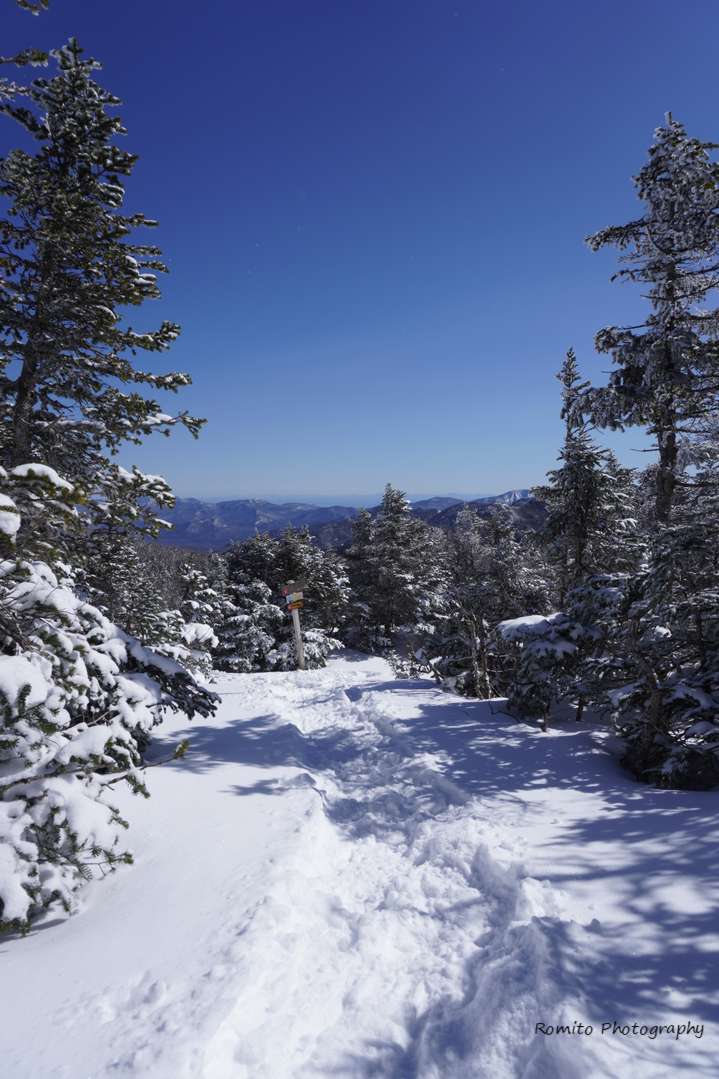
A little taste of the upper trail.
The trip started with a blip and shameful event when I was unpacking at the hotel and realized that I had forgotten my boots. Yep, you read that right. I had meticulously packed and repacked my winter gear - trekking poles, map, compass, gloves, puffy jacket, JetBoil, ice axe, etc. - and somehow had a neuron misfire and completely missed my boots. Luckily I knew of a top notch outdoor shop in Keene Valley that could professionally outfit me in some new mountaineering boots. Looking back at it now, the boots I had forgotten would not have been warm enough so really my failed memory helped me achieve my trekking goals. All in all, I am now the owner of proper single mountaineering boots and crampons that will serve me well for years to come.
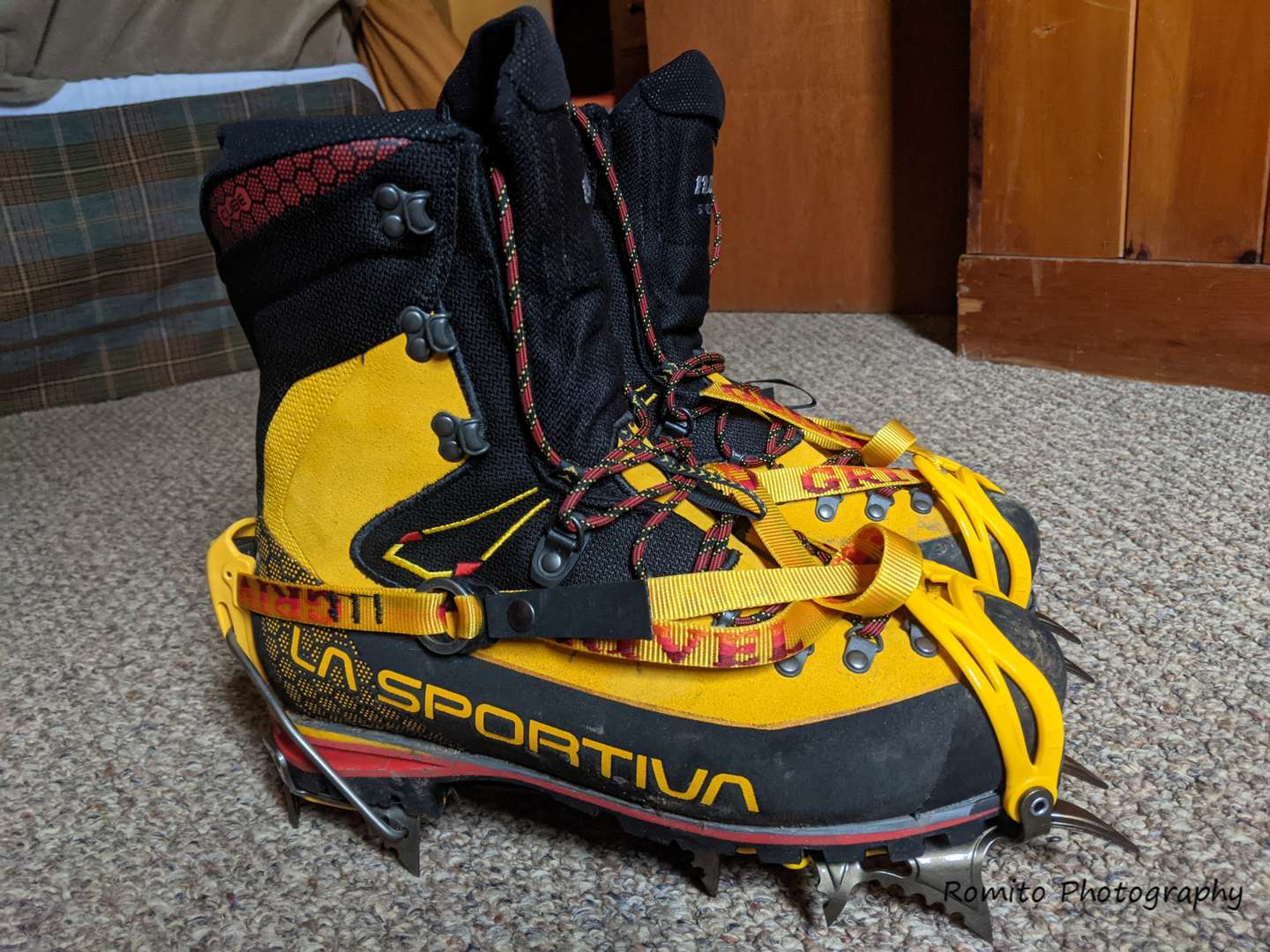
My new, unexpected single mountaineering boots and crampons.
Warm-up day on some smaller mountains in the area, Rooster Comb and Snow Mountain, made it clear that winter conditions were here to stay for the weekend. 3 inches of wet snow and white-out views started to shoot down my hopes of successful ADK high peak attempts in the days to follow. Mount Marcy was seeing wind gusts of 40mph this day and with whiteout conditions, it was definitely a no go at this point. Hiking in new boots also presented the challenge of fresh blisters and sore feet to compliment losing some hope.
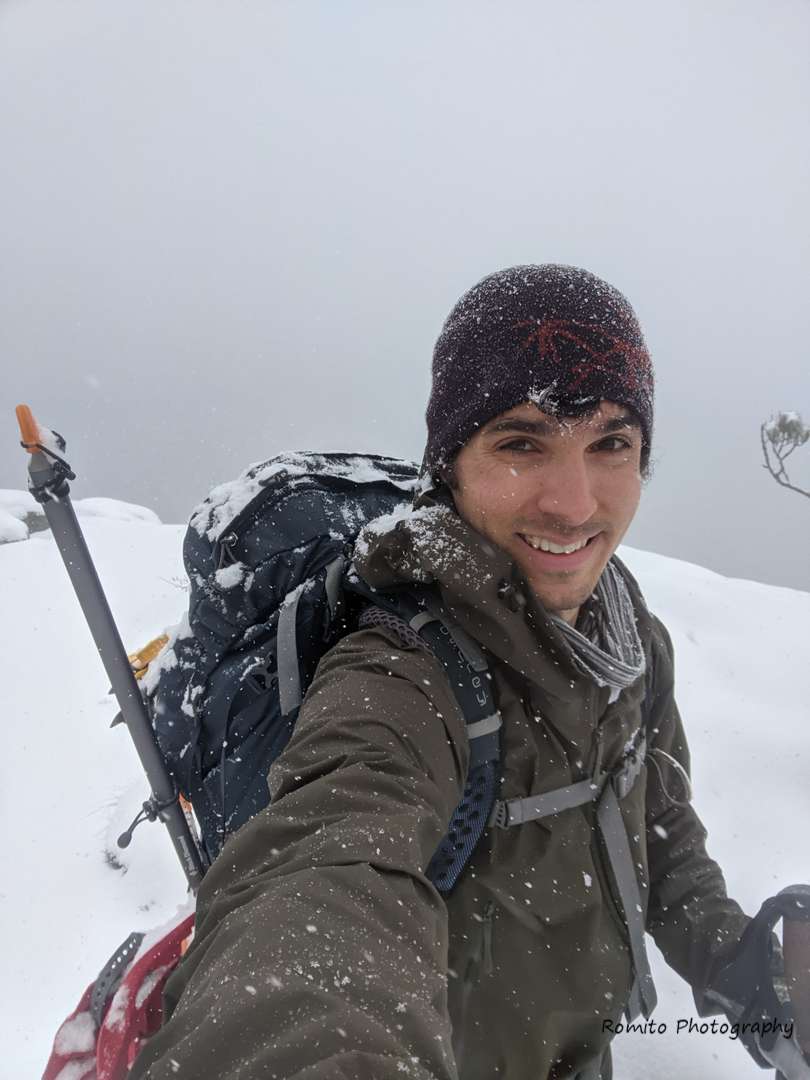
Wet snow and white-out scenes met me at the lookouts of Rooster Comb and Snow Mountain.
I had to take a rest day in order to let my feet rest and heal after taking a beating in my new boots, so I played tourist in the Lake Placid and Saranac Lake area.

Toured the Lake Placid Olympic Ski Jump Complex and Training Center.

Underneath the 120 meter ski jump.
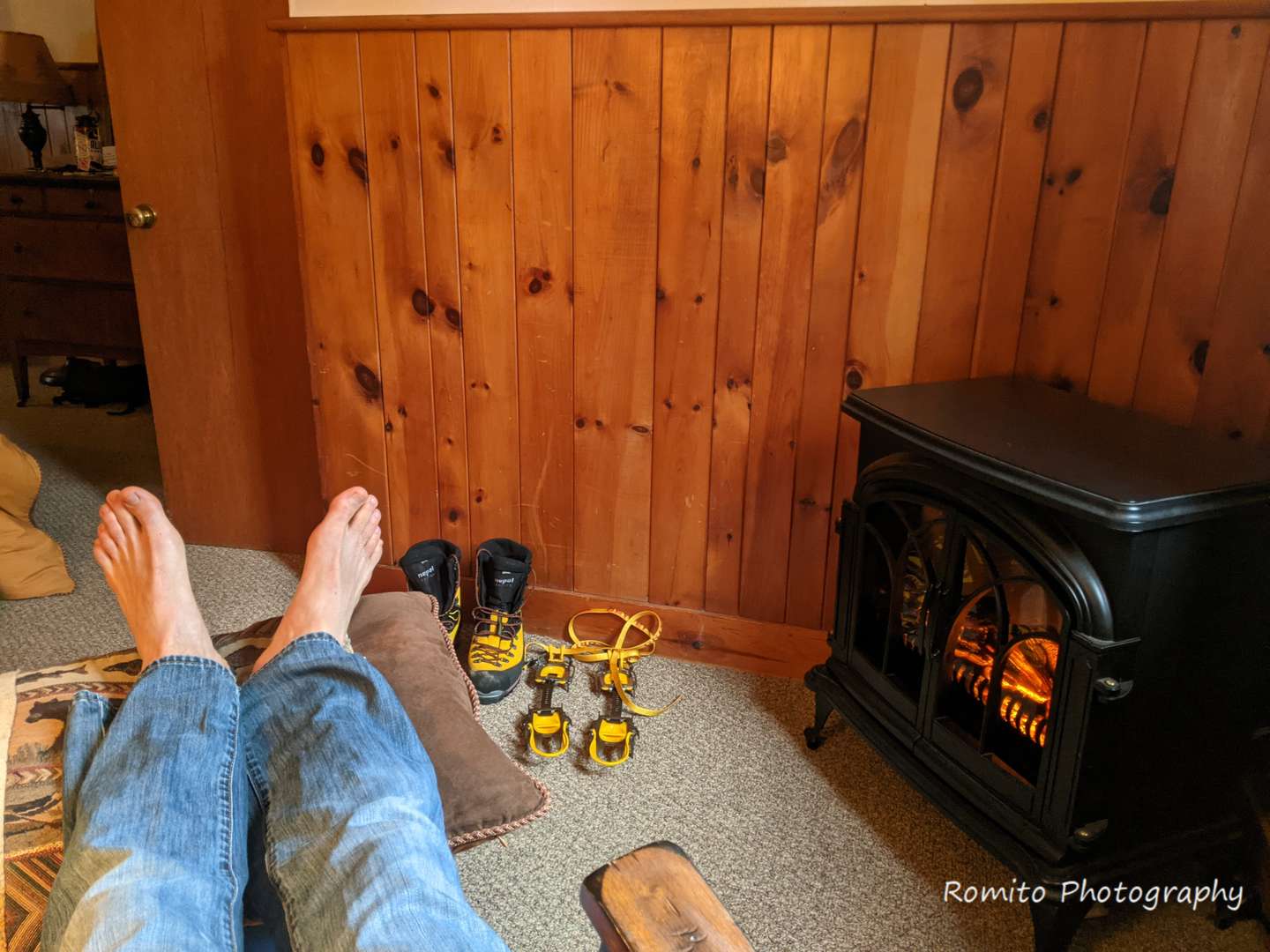
Putting up the feet after they took a beating breaking in the new boots and enjoying some warmth.
Continuous base and summit weather report check-ins using mountain-forecast.com and reading trail condition reviews on AllTrails revealed that there was a nice weather window opening during the weekend. The winter storm had passed and blue skies, well packed trails, and low wind were being forecasted. This was it. I patched my feet and was in the car at 6am ready to tackle the 15 mile, 4,000 vertical foot route up and down Mount Marcy. Snowshoes are a requirement in this area during the snow season and for a good reason. With snow depths still two to three feet off the main packed, trail it’s very easy to “post hole”, finding yourself thigh deep in snow and leaving a dangerous hole for others to maneuver around, so I was happy to don my snowshoes and hike in them for the majority of the day, only switching to crampons near the cap of the summit.
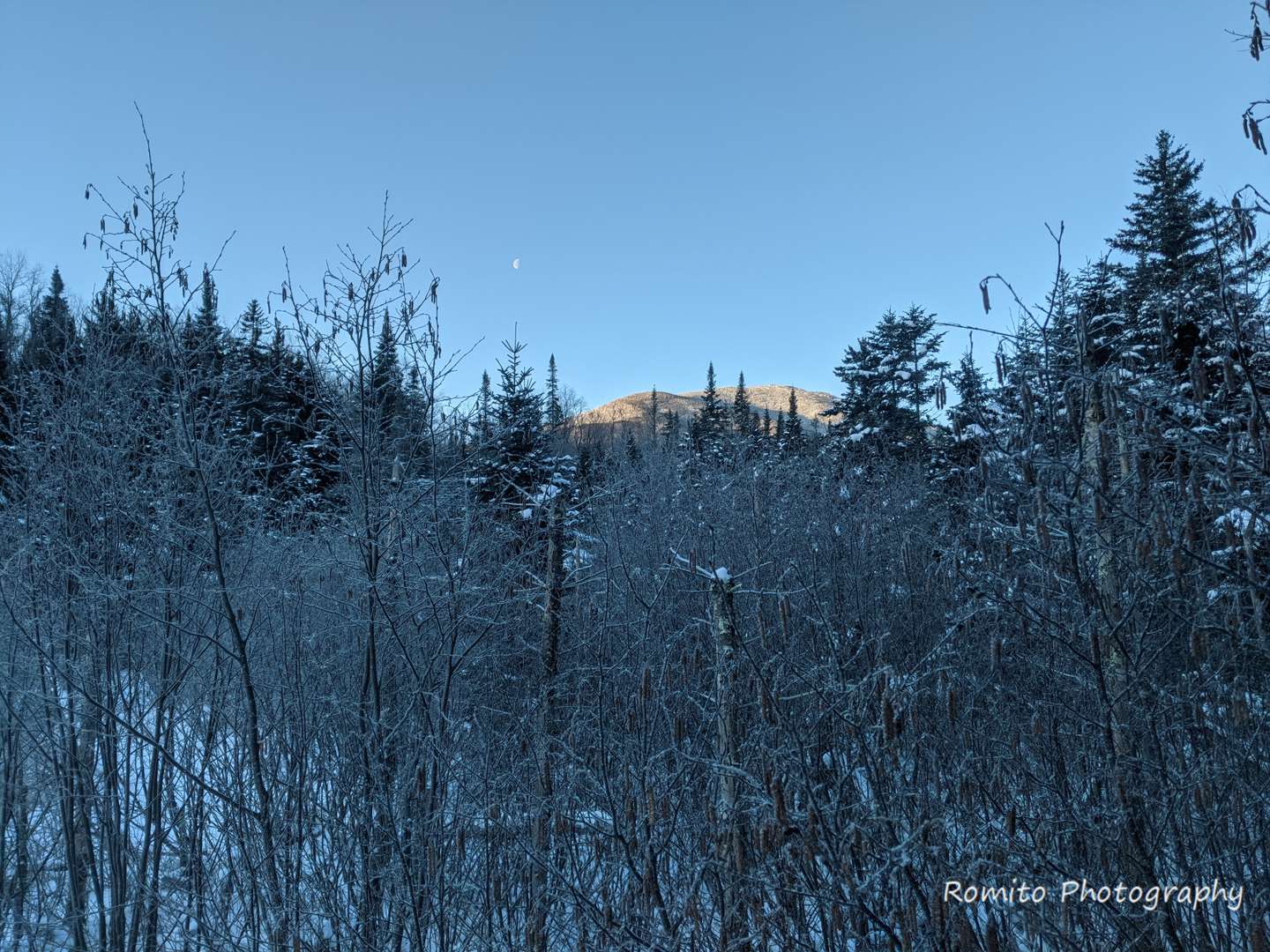
Crystal clear skies and warm sunrise reflections from Mount Marcy inspired me quickly after hitting the trail.
The two areas of concern I’d read about were the crossing of Phelps Brook and the stream crossing at Indian Head. Both were described to be challenging in high water situations, and I was prepared to throw in the towel if the crossings looked too risky in below-freezing temperatures. Luckily, the water was low and the rocks were well frozen over. With some route brainstorming and trial and error with a group of other hikers, I (and the other hikers) safely crossed and continued along.
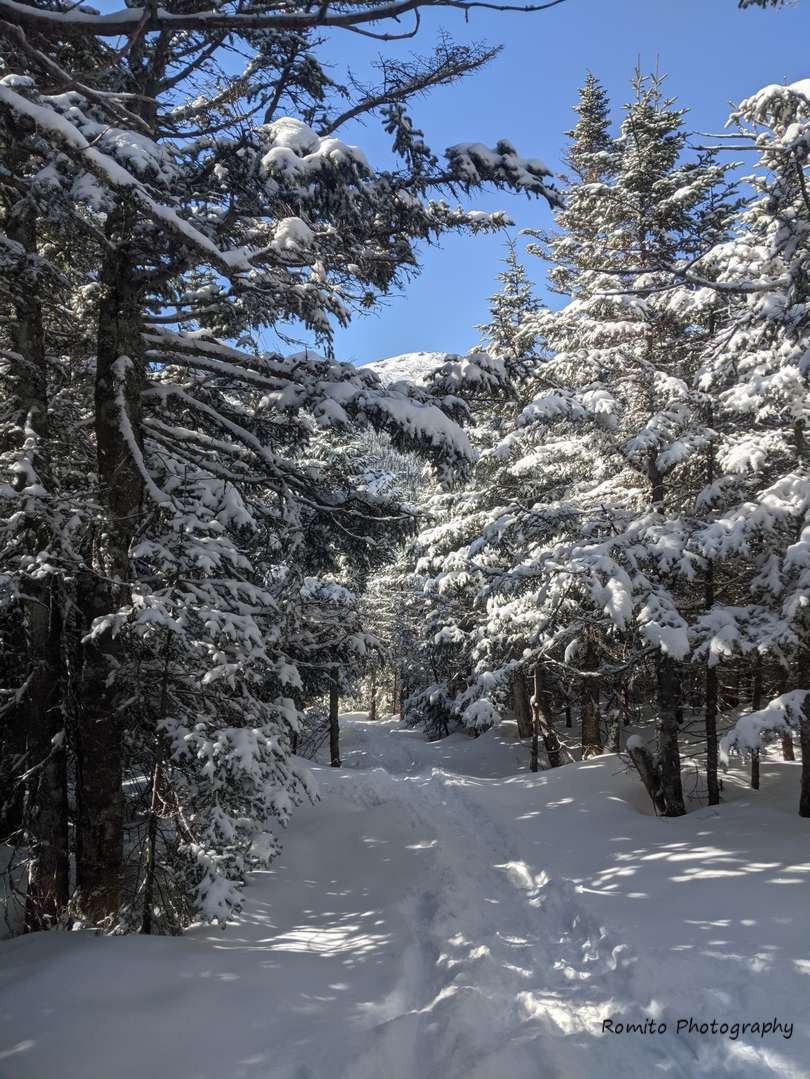
Mount Marcy peaks out in the distance.
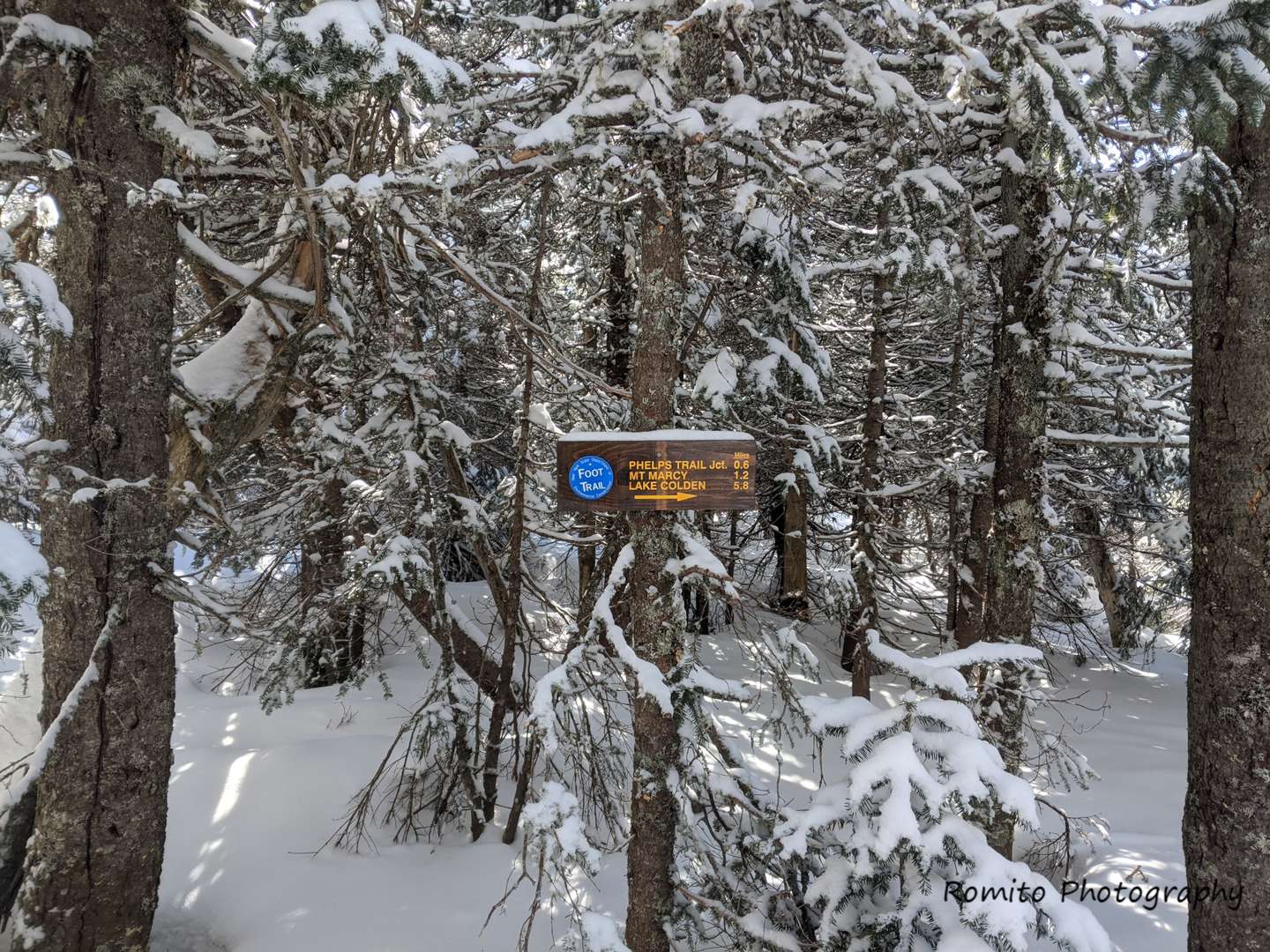
The previous picture was taken just beside this sign. Sure does look further than 1.2 miles.
Nearing the tree line, the wind started to break through and a rush of excitement filled me as I was about to climb the last few hundred vertical feet to my goal. The trail conditions changed at this point, becoming more “crusty”, hard packed snow glazed with some ice from the wind exposure, making the final push exhilarating but also mentally tiring as it required more attentive focus. The crusty snow soon ended and exposed rock led the rest of the way to the summit, revealing 360 degree views of the surrounding ADK high peaks.
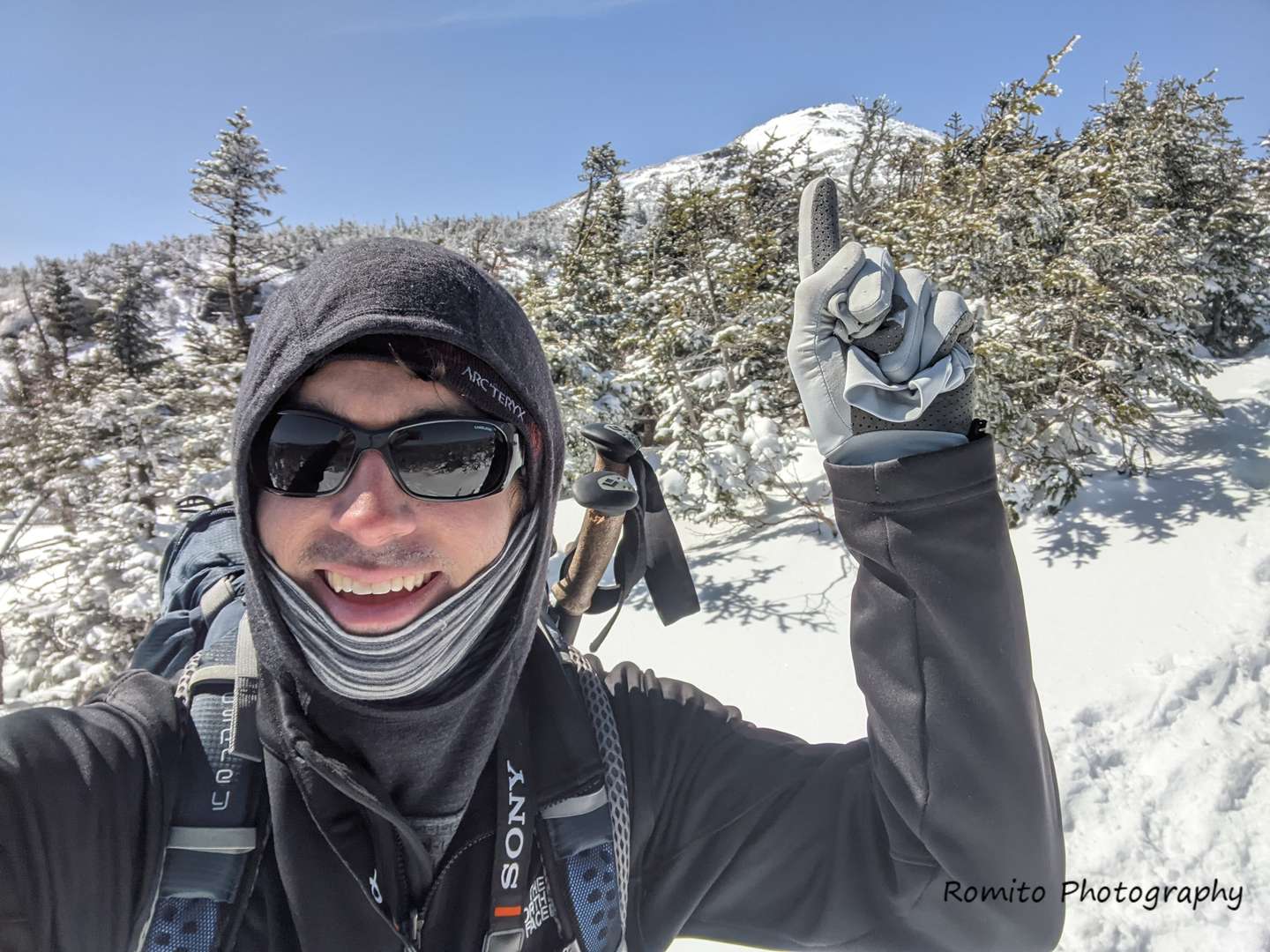
Nearing the final approach to Mount Marcy.
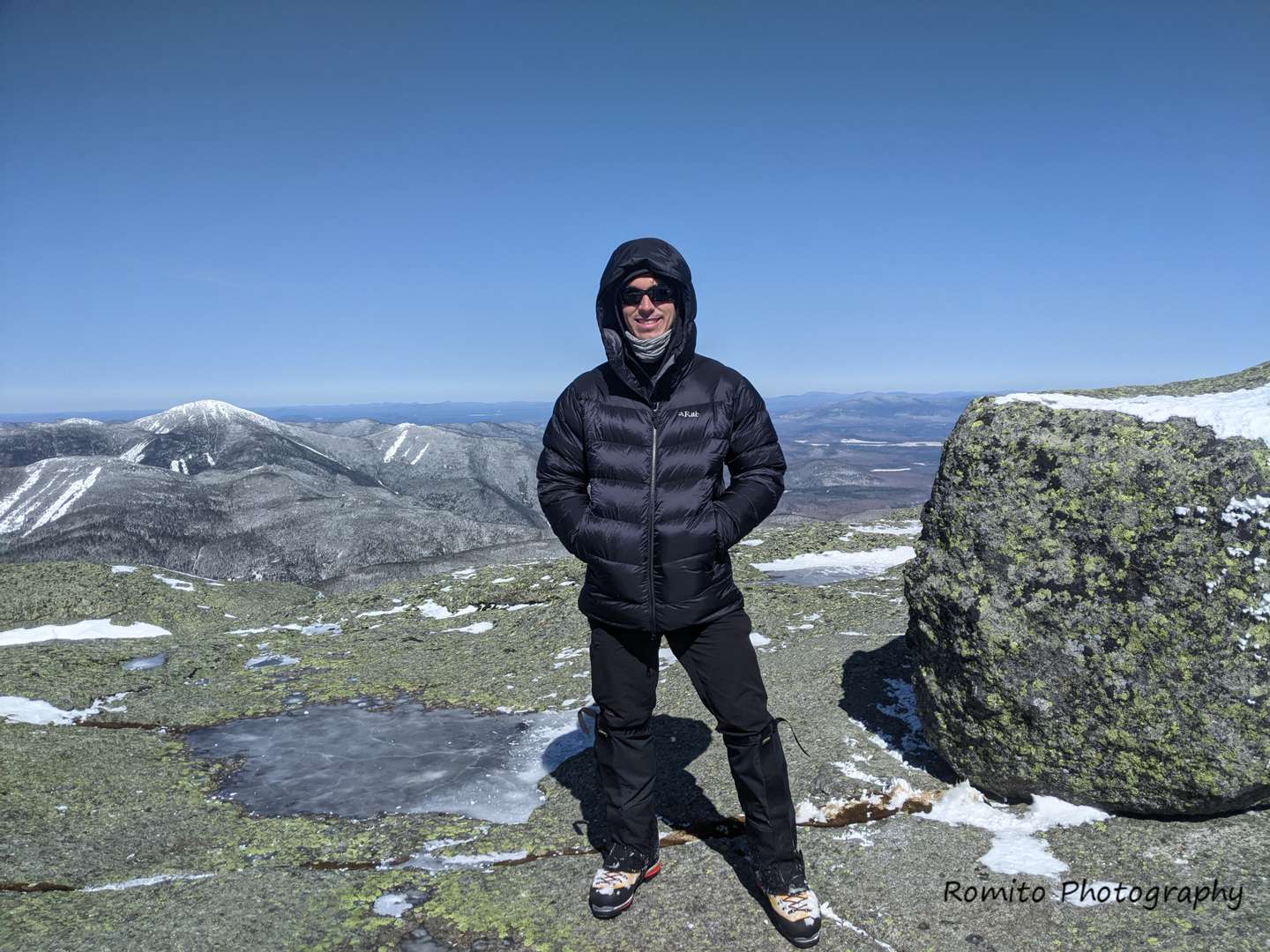
Atop the summit of Mount Marcy (5,345 feet)
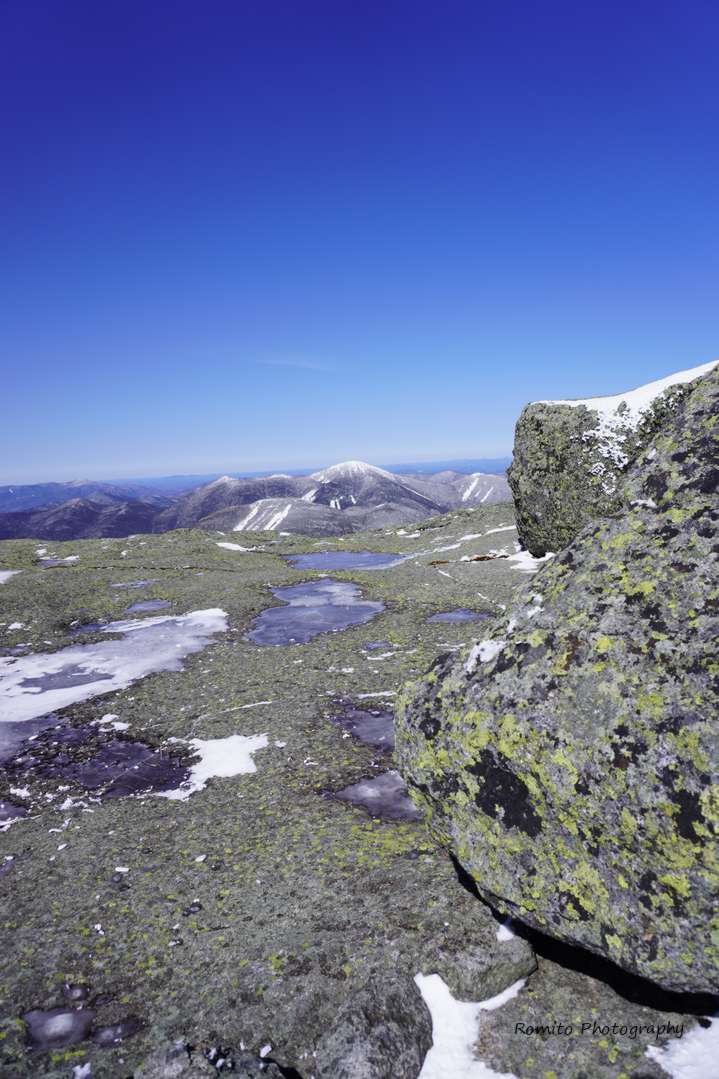
Views from the top of Mount Marcy
The next day, another gorgeous weather window opened, so I took advantage of the opportunity to knock out Porter and Cascade Mountains before hitting the road to head home. This was a shorter hike, just 6 miles round trip and one trail fed to both Cascade and Porter. The trail was steep and got very icy about halfway up. I feel that the trail is the main path for water as it was practically a frozen stream in some areas, making crampons a must for me to feel secure walking up and navigating the semi-exposed rocks. Overall, uneventful hike and I had the trail to myself. I enjoyed Cascade more so than Porter due to the nice 360 degree view and exposed rock that greeted me atop Cascade. All in all, 2,500 feet of vertical gain and a six hour drive home closed out my final day and a great, unexpected successful trip in the ADKs.
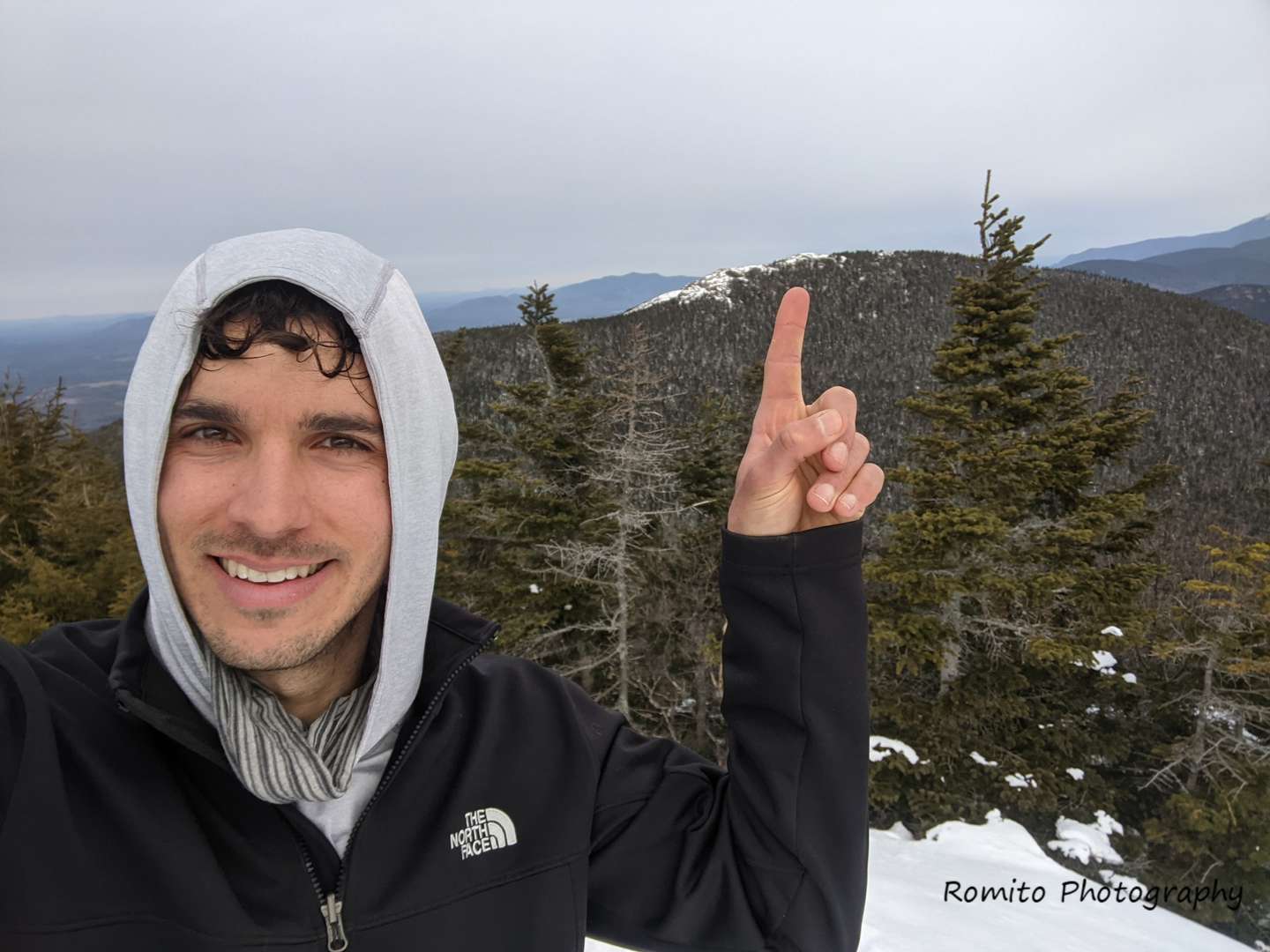
Cascade Mountain as viewed from atop Porter Mountain (4,059 feet).
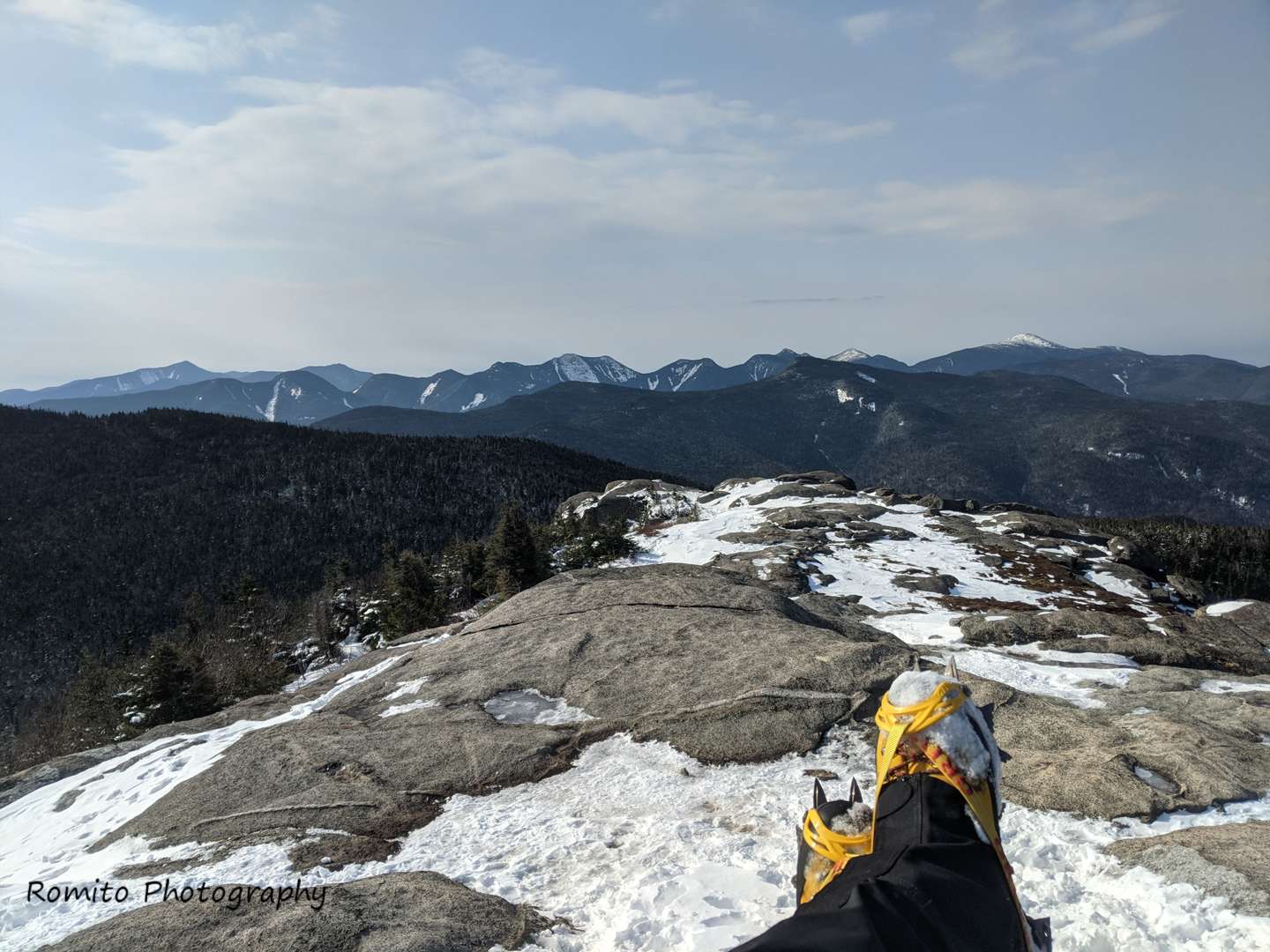
The view from Cascade Mountain (4,098 feet).
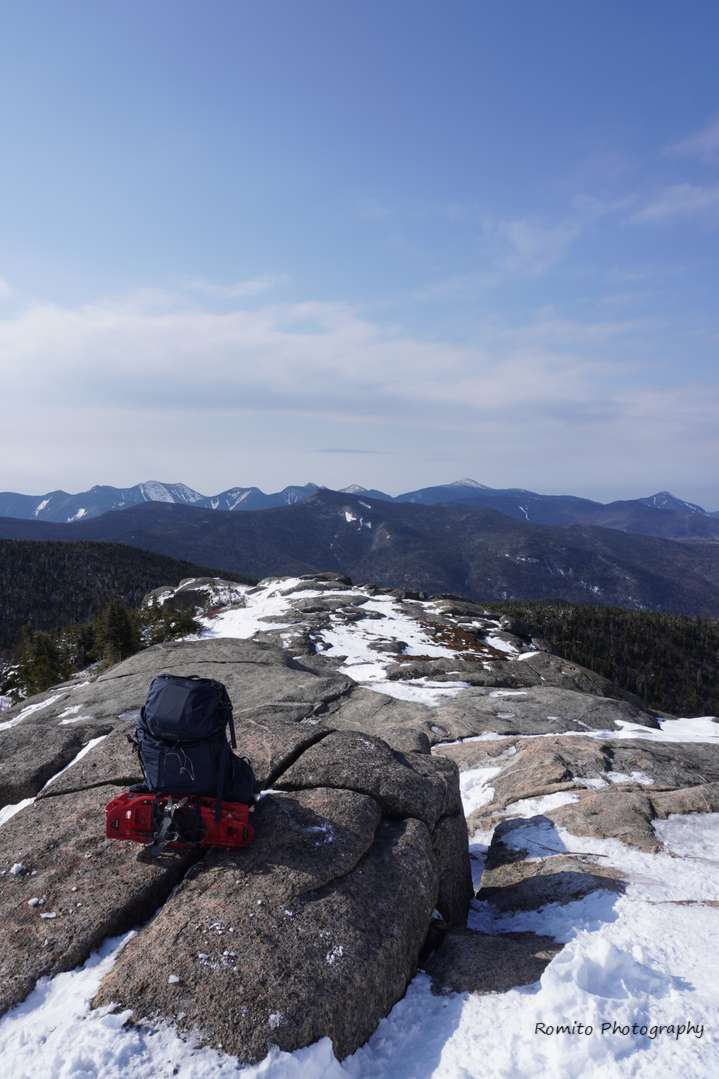
The view from Cascade Mountain (4,098 feet).